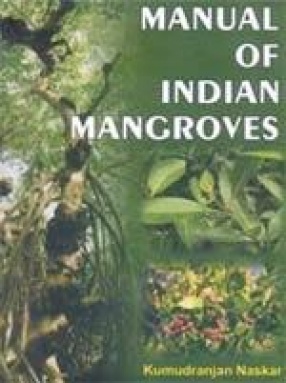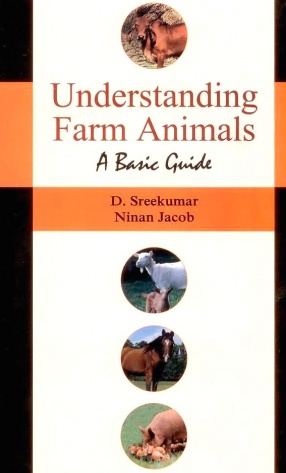Mangroves–the threatened coastal intertidal halophytic flora play very dominant and important roles in the estuarine mouths, sea-land interphase areas or deltaic ecosystems of both the tropical and sub-tropical zones, especially in the highly populated South-East Asian countries, several Pacific Islands and Australian coasts. Inspite of their important roles and immense ecological impacts, these mangroves and the mangrove ecosystems have faced both biotic and abiotic threat and these highly productive mangrove zones have been cleared or the mangrove ecosystems have also been degraded very rapidly during the last three centuries. In these perspectives, the mangroves and the mangrove associates of the Indian Sundarbans are described in relation to their morphometric features, anatomical characteristics and also with their distinct halophytic adaptations. Besides their structural and habitat distinctness, their economic importances, distributions in the different mangrove habitats of the Indian sub-continent and the mangals of both old and new world tropics and sub-tropics are also highlighted based on the pioneer works on the Indian and world mangroves.

Ecology and Biodiversity of Indian Mangroves (In 2 Vols.)
In stock
Free & Quick Delivery Worldwide
reviews
Bibliographic information
Title
Ecology and Biodiversity of Indian Mangroves (In 2 Vols.)
Author
Edition
1st Ed.
Publisher
Length
xxix+754p., Colour plates; Figures; Tables
Subjects






There are no reviews yet.